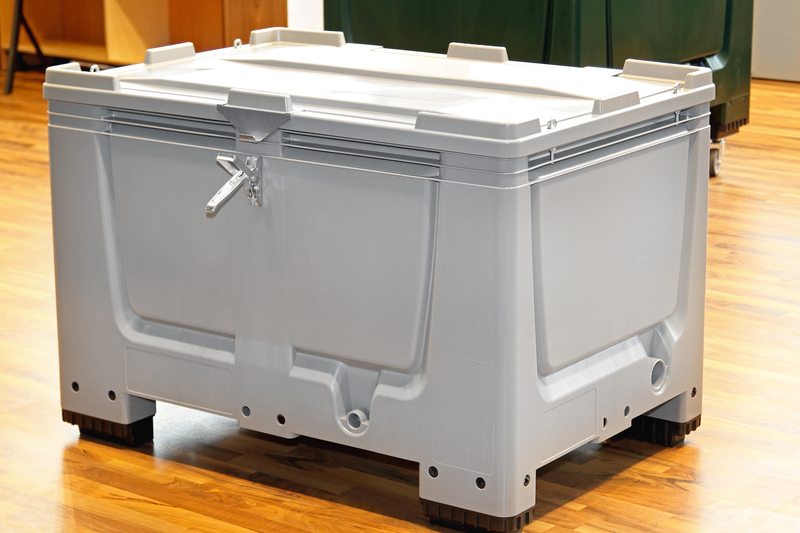Walls: Safe and Sound Moving
Posted on 04/11/2024
When it comes to relocating, ensuring the safety of your walls is often overlooked. Whether you're moving furniture around your home or preparing for a big move to a new residence, the condition of your walls can be compromised if proper precautions aren't taken. This article explores the importance of safeguarding your walls during a move and provides practical tips to help you achieve a seamless and damage-free transition.
Why Protecting Your Walls Matters
Protecting your walls while moving is crucial for several reasons. Firstly, walls are one of the most noticeable parts of your home. Dents, scratches, and chips can significantly detract from the aesthetic appeal of your living space. Secondly, repairing and repainting walls can be time-consuming and costly. By taking preventative measures, you can save yourself a considerable amount of effort and expense.

Common Causes of Wall Damage During Moving
During a move, walls can be susceptible to various types of damage:
1. Furniture Scrapes: Large and heavy furniture pieces can scrape against the wall, causing visible marks.
2. Impact Damage: Moving items like appliances and boxes can accidentally bump into walls, leading to dents and holes.
3. Dragging: Dragging furniture across the floor can cause the legs or edges to leave scratches or gouges on the wall surface.
Practical Tips to Protect Your Walls
Moving can be a turbulent time, but taking some simple steps can help you keep your walls in pristine condition:
1. Use Protective Gear: Corner guards, wall protectors, and foam padding can shield your walls from impact and abrasion.
2. Lift, Don't Drag: Always lift heavy items instead of dragging them. Use furniture sliders or dolly carts to move bulky pieces.
3. Disassemble If Possible: Disassemble large furniture pieces to make them easier to maneuver and minimize the risk of hitting walls.
4. Cover Walls: Use plastic sheeting or moving blankets to cover walls in high-traffic areas where most of the moving will occur.
5. Plan Your Route: Map out the exact path for each item to minimize the chances of unexpected collisions with the walls.
Pros and Cons of Protecting Your Walls During Moving
Pros:
- Cost Savings: Preventing damage means you won't have to spend money on repairs.
- Time Efficiency: You'll save time by avoiding the need for touch-ups and repairs.
- Aesthetic Maintenance: Your home will look just as good after the move as it did before.
- Peace of Mind: Knowing that your walls are protected reduces the stress of moving day.
Cons:
- Additional Effort: Setting up protective measures requires extra time and planning.
- Cost of Materials: Investing in protective gear can add to your moving expenses.
- Potential Overkill: In smaller moves, extensive wall protection may not be necessary.
Additional Tips for a Smooth Moving Experience
1. Measure Everything: Measure doorways, hallways, and stairwells in advance to ensure that furniture and appliances fit through them without hassle.
2. Label Clearly: Mark your boxes and items so movers know what's fragile or requires special handling.
3. Communicate with Movers: Make sure everyone involved in the move is aware of the plan and the precautions being taken.

Takeaways
Protecting your walls during a move is an essential yet often overlooked aspect of moving. By planning ahead and using appropriate protective measures, you can save yourself time, money, and effort in the long run. Pros include cost savings, time efficiency, and maintaining the aesthetics of your home, while cons are mainly related to the extra effort and cost of protective materials.
Conclusion
In conclusion, safeguarding your walls during a move is a wise investment of your time and resources. The simple action of preparing your walls can lead to significant benefits, making your moving experience smoother and less stressful. By following the outlined tips and considering the pros and cons, you can ensure that your move is as seamless and damage-free as possible. Remember, a little preparation can go a long way in keeping your walls safe and sound.
